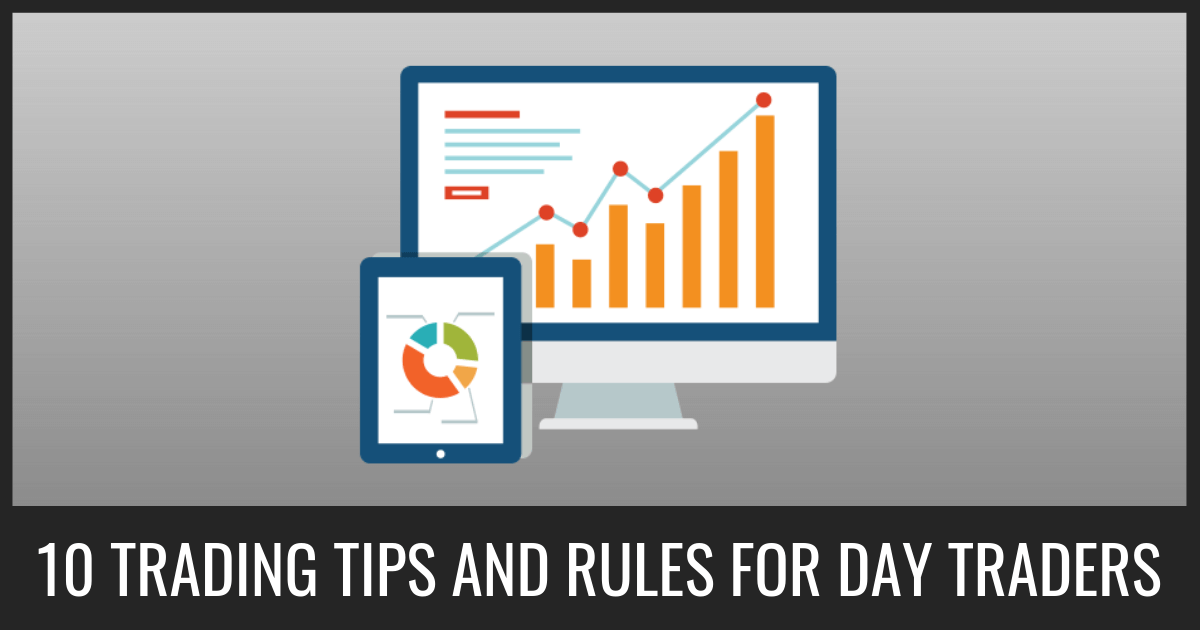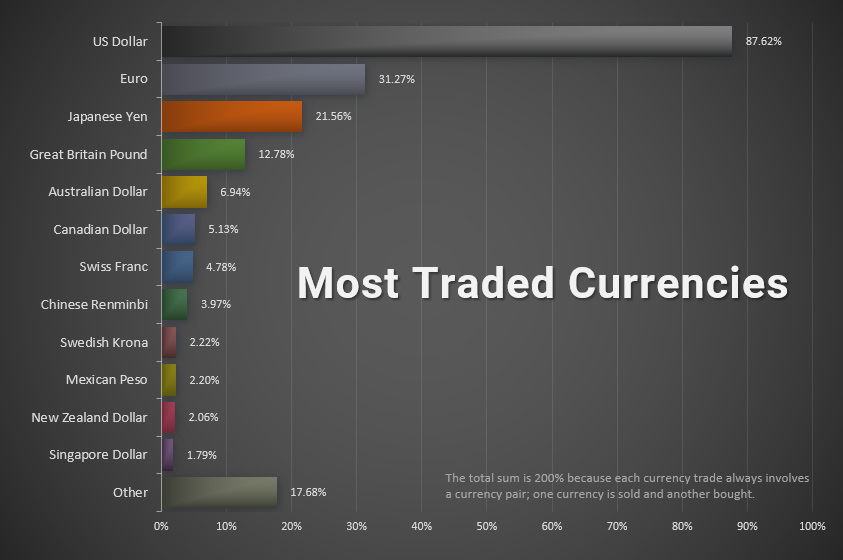
AFFO, or adjusted funds from operations, is a REIT valuation measure that helps investors determine the profitability of a REIT. This measure is based upon a real-estate investment's income, and expenses. This is done by subtracting any capital expenditures or interest income that a REIT might incur on its properties. It also calculates an REIT's ability to pay dividends. This measure is non-GAAP and should be used along with other metrics to assess a REIT’s performance.
AFFO is a better measure of a REIT’s cash generation than net revenue. However, AFFO shouldn't be considered a substitute for free cash flow. It should be used to evaluate the growth potential for a REIT. It also provides a better measure of a REIT's dividend capacity. The AFFO payout ratio (AFRO) of 100 is the AFFO. This ratio is calculated as a subtraction of the average AFFO return for a period. This ratio can be calculated by dividing each REIT's average yield in the period by their average AFFO-yield.

FFO, the most popular valuation measure for REITs, is used most often. FFO is a non-GAAP financial indicator that measures the REIT’s cash production. It is typically listed on the REIT’s income or cash flow statements. FFO includes amortization as well as depreciation. It excludes gains and loss from the sale and amortization of depreciable real property as well as one-time expenses. It also includes adjustments that are made to unconsolidated partnerships and joint enterprises.
FFO is a good way to measure a REITs net cash production, but it doesn't give an accurate picture of its recurring cash flows. A REIT's net income is calculated by subtracting the cost of depreciation, amortization, and other non-cash charges from the income reported in the income statement. This figure is often disclosed in footnotes to an income statement. It can be calculated on a per-share basis, or as a ratio of the REIT's market capitalization.
In the first three quarters of 2016, the average FFO/price ratio was 17.3, compared to 19.7 in the previous quarter and 22 in 2015's second quarter. In 1Q15, REITs in the first quartile provided a 10-percentage-point premium to the constrained portfolio, while all quartiles exceeded the REIT Index. The gap increased moderately over the long term. A close look at the properties owned by a specific REIT will provide a more accurate assessment of the company's performance.
FFO can either be per-share, per quartile, or per annum. Most REITs however use FFO to offset their cost-accounting processes. FFO per shareholder can also be used as an additional to EPS. An in-depth look at the income statement can give you more detail.

FFO and AFFO are two of the most common metrics used to evaluate REITs. They are not interchangeable. These metrics should be used together with other metrics to assess the REIT's profitability and performance. The P/FFO ratio is also a valuable tool for evaluating a REIT's management.
FAQ
What is security?
Security is an asset which generates income for its owners. Most security comes in the form of shares in companies.
A company could issue bonds, preferred stocks or common stocks.
The value of a share depends on the earnings per share (EPS) and dividends the company pays.
If you purchase shares, you become a shareholder in the business. You also have a right to future profits. You will receive money from the business if it pays dividends.
Your shares can be sold at any time.
What is a REIT?
A real estate investment Trust (REIT), or real estate trust, is an entity which owns income-producing property such as office buildings, shopping centres, offices buildings, hotels and industrial parks. These are publicly traded companies that pay dividends instead of corporate taxes to shareholders.
They are similar to a corporation, except that they only own property rather than manufacturing goods.
What's the difference among marketable and unmarketable securities, exactly?
The main differences are that non-marketable securities have less liquidity, lower trading volumes, and higher transaction costs. Marketable securities can be traded on exchanges. They have more liquidity and trade volume. These securities offer better price discovery as they can be traded at all times. This rule is not perfect. There are however many exceptions. For example, some mutual funds are only open to institutional investors and therefore do not trade on public markets.
Marketable securities are more risky than non-marketable securities. They generally have lower yields, and require greater initial capital deposits. Marketable securities are usually safer and more manageable than non-marketable securities.
A large corporation bond has a greater chance of being paid back than a smaller bond. This is because the former may have a strong balance sheet, while the latter might not.
Because of the potential for higher portfolio returns, investors prefer to own marketable securities.
What is the difference in the stock and securities markets?
The securities market is the whole group of companies that are listed on any exchange for trading shares. This includes options, stocks, futures contracts and other financial instruments. Stock markets are typically divided into primary and secondary categories. Primary stock markets include large exchanges such as the NYSE (New York Stock Exchange) and NASDAQ (National Association of Securities Dealers Automated Quotations). Secondary stock market are smaller exchanges that allow private investors to trade. These include OTC Bulletin Board, Pink Sheets and Nasdaq SmallCap market.
Stock markets have a lot of importance because they offer a place for people to buy and trade shares of businesses. It is the share price that determines their value. When a company goes public, it issues new shares to the general public. Dividends are paid to investors who buy these shares. Dividends can be described as payments made by corporations to shareholders.
Stock markets serve not only as a place for buyers or sellers but also as a tool for corporate governance. The boards of directors overseeing management are elected by shareholders. They ensure managers adhere to ethical business practices. If the board is unable to fulfill its duties, the government could replace it.
Statistics
- For instance, an individual or entity that owns 100,000 shares of a company with one million outstanding shares would have a 10% ownership stake. (investopedia.com)
- Individuals with very limited financial experience are either terrified by horror stories of average investors losing 50% of their portfolio value or are beguiled by "hot tips" that bear the promise of huge rewards but seldom pay off. (investopedia.com)
- US resident who opens a new IBKR Pro individual or joint account receives a 0.25% rate reduction on margin loans. (nerdwallet.com)
- "If all of your money's in one stock, you could potentially lose 50% of it overnight," Moore says. (nerdwallet.com)
External Links
How To
How to Open a Trading Account
First, open a brokerage account. There are many brokers that provide different services. There are many brokers that charge fees and others that don't. Etrade, TD Ameritrade and Schwab are the most popular brokerages. Scottrade, Interactive Brokers, and Fidelity are also very popular.
Once your account has been opened, you will need to choose which type of account to open. Choose one of the following options:
-
Individual Retirement accounts (IRAs)
-
Roth Individual Retirement Accounts (RIRAs)
-
401(k)s
-
403(b)s
-
SIMPLE IRAs
-
SEP IRAs
-
SIMPLE 401K
Each option has its own benefits. IRA accounts offer tax advantages, but they require more paperwork than the other options. Roth IRAs allow investors to deduct contributions from their taxable income but cannot be used as a source of funds for withdrawals. SIMPLE IRAs can be funded with employer matching funds. SEP IRAs work in the same way as SIMPLE IRAs. SIMPLE IRAs are simple to set-up and very easy to use. They allow employees to contribute pre-tax dollars and receive matching contributions from employers.
Finally, you need to determine how much money you want to invest. This is called your initial deposit. A majority of brokers will offer you a range depending on the return you desire. Depending on the rate of return you desire, you might be offered $5,000 to $10,000. The lower end represents a conservative approach while the higher end represents a risky strategy.
After you've decided which type of account you want you will need to choose how much money to invest. Each broker has minimum amounts that you must invest. These minimums can differ between brokers so it is important to confirm with each one.
After deciding the type of account and the amount of money you want to invest, you must select a broker. Before selecting a broker to represent you, it is important that you consider the following factors:
-
Fees-Ensure that fees are transparent and reasonable. Brokers will often offer rebates or free trades to cover up fees. However, some brokers actually increase their fees after you make your first trade. Be wary of any broker who tries to trick you into paying extra fees.
-
Customer service: Look out for customer service representatives with knowledge about the product and who can answer questions quickly.
-
Security - Look for a broker who offers security features like multi-signature technology or two-factor authentication.
-
Mobile apps - Find out if your broker offers mobile apps to allow you to view your portfolio anywhere, anytime from your smartphone.
-
Social media presence - Check to see if they have a active social media account. It may be time to move on if they don’t.
-
Technology - Does it use cutting-edge technology Is it easy to use the trading platform? Are there any issues with the system?
Once you have decided on a broker, it is time to open an account. Some brokers offer free trials, while others charge a small fee to get started. After signing up, you will need to confirm email address, phone number and password. Then, you'll be asked to provide personal information such as your name, date of birth, and social security number. Finally, you'll have to verify your identity by providing proof of identification.
Once verified, your new brokerage firm will begin sending you emails. You should carefully read the emails as they contain important information regarding your account. You'll find information about which assets you can purchase and sell, as well as the types of transactions and fees. Keep track of any promotions your broker offers. You might be eligible for contests, referral bonuses, or even free trades.
Next is opening an online account. Opening an online account is usually done through a third-party website like TradeStation or Interactive Brokers. Both websites are great resources for beginners. When opening an account, you'll typically need to provide your full name, address, phone number, email address, and other identifying information. After all this information is submitted, an activation code will be sent to you. This code will allow you to log in to your account and complete the process.
Once you have opened a new account, you are ready to start investing.